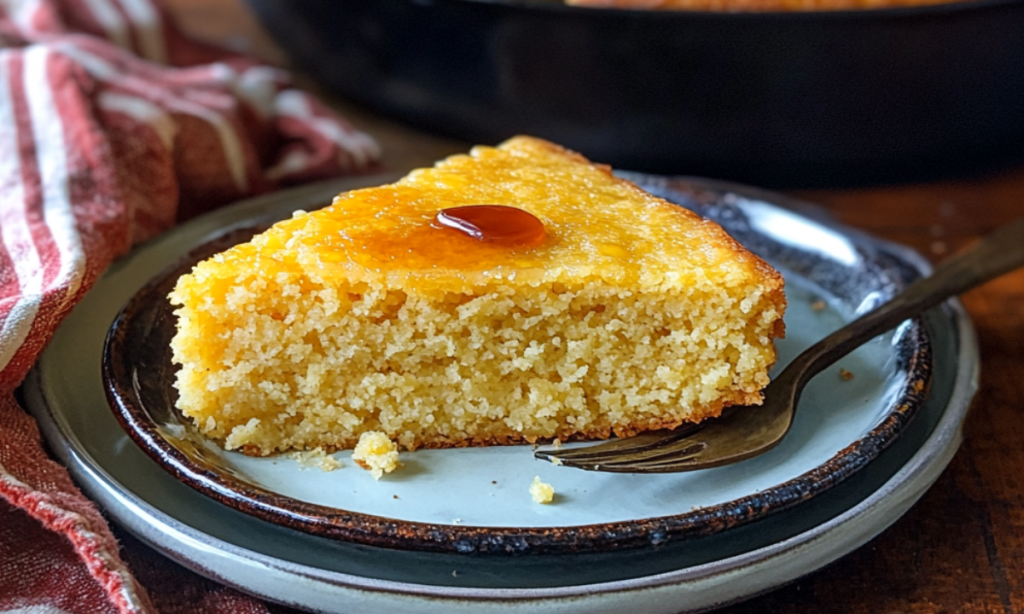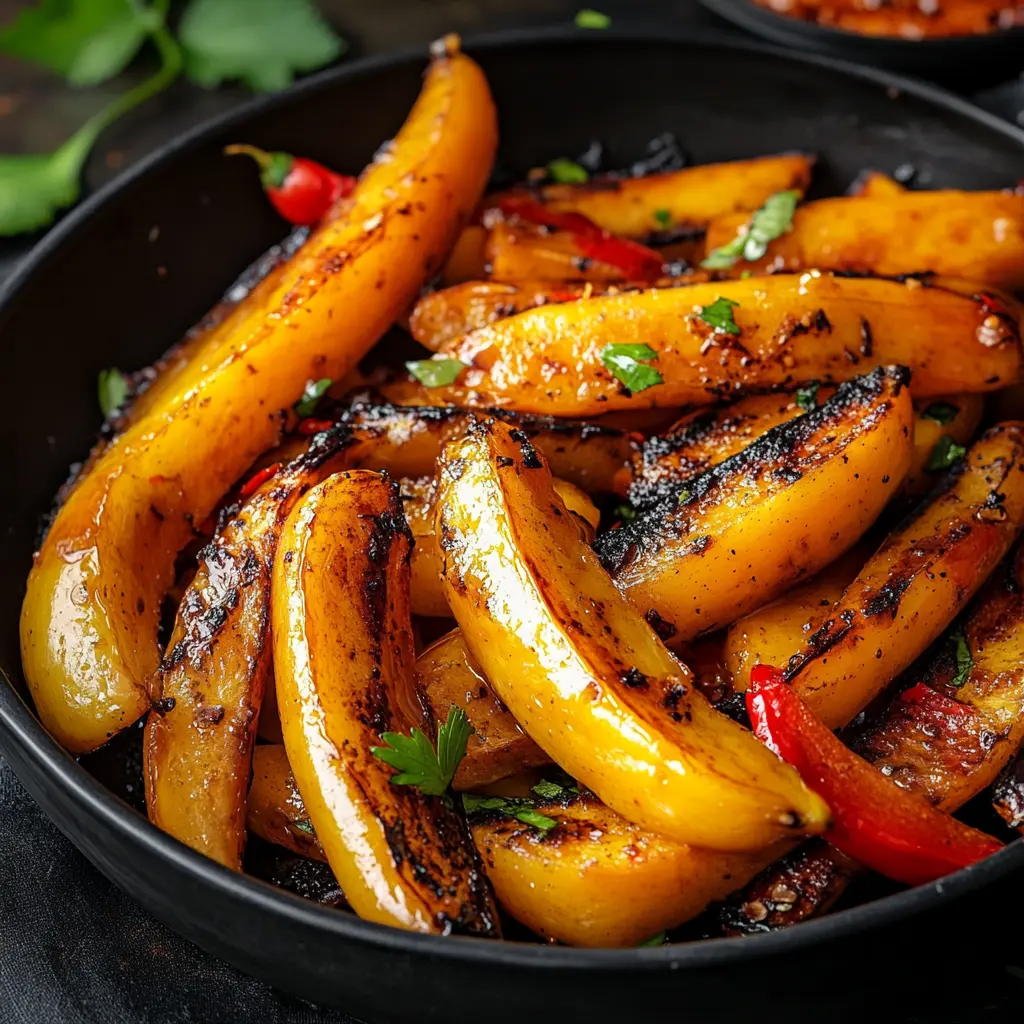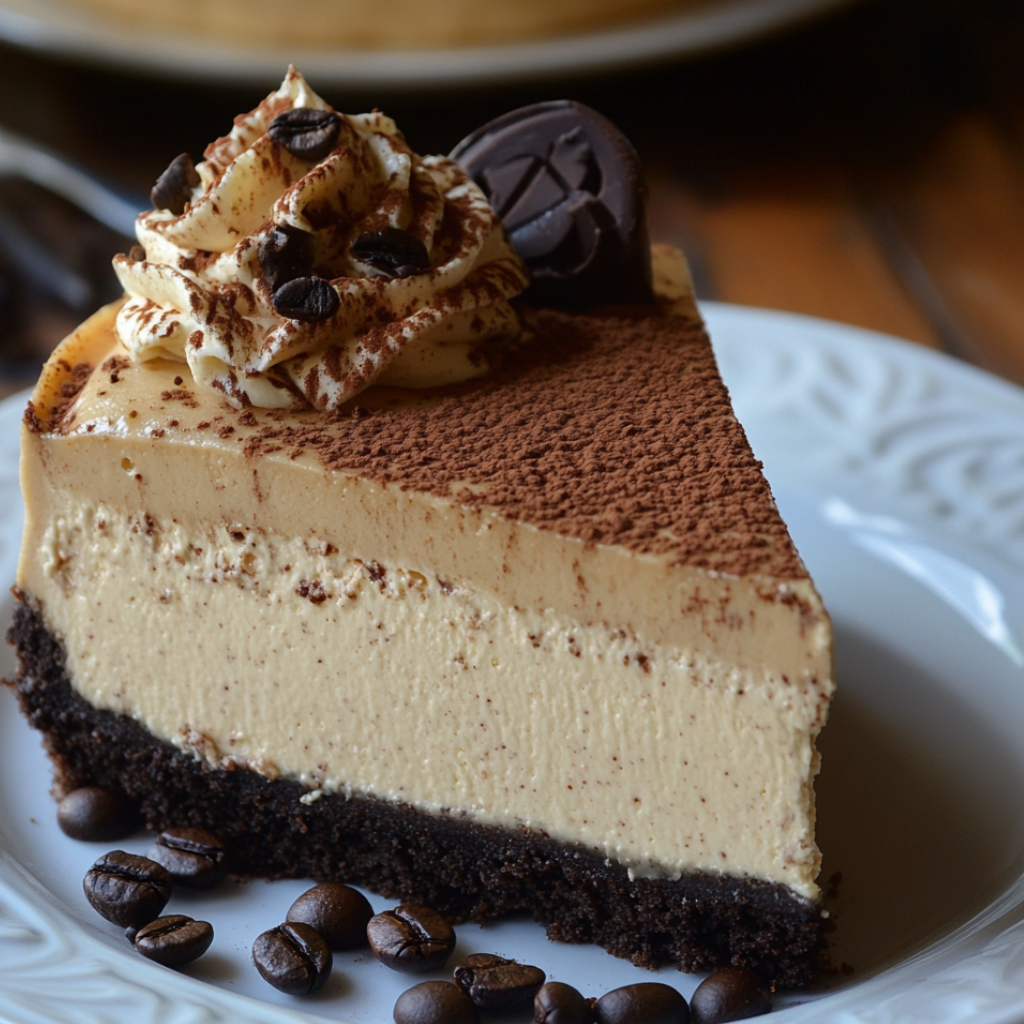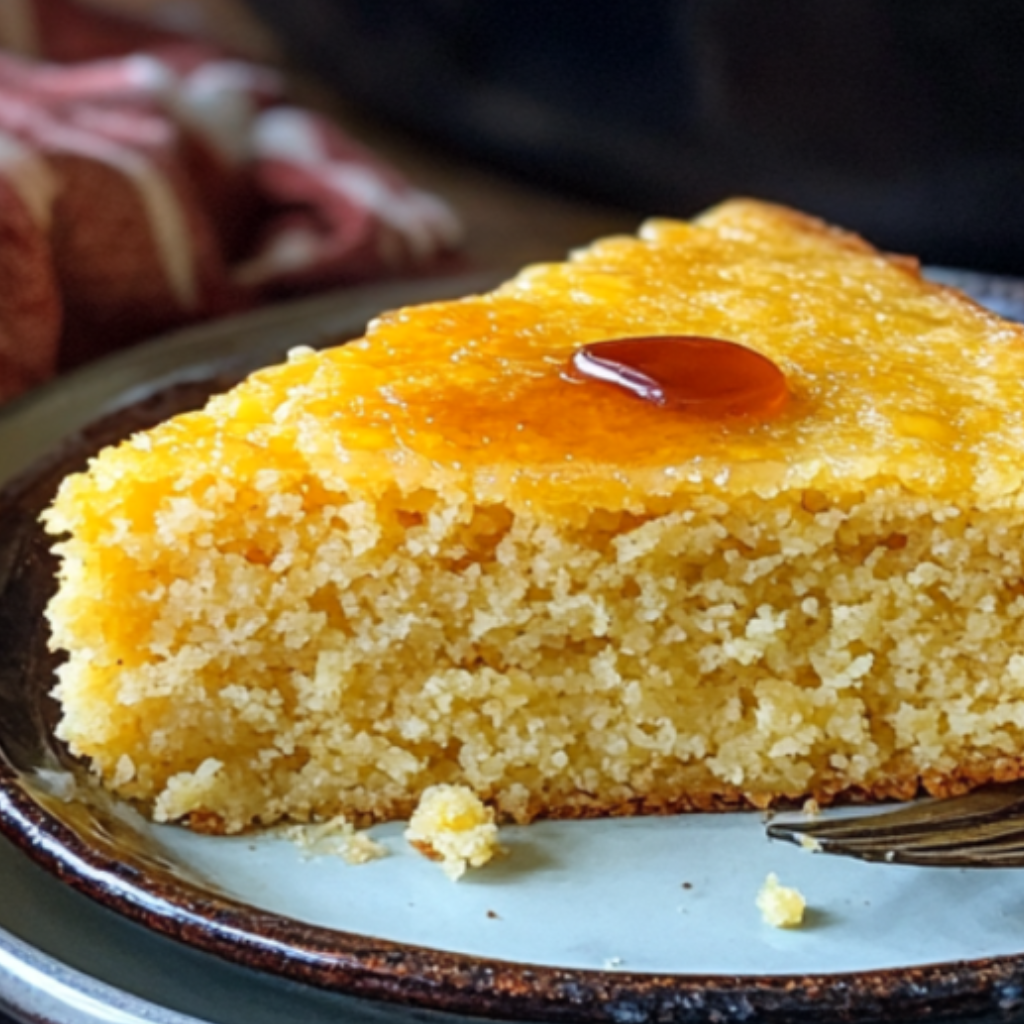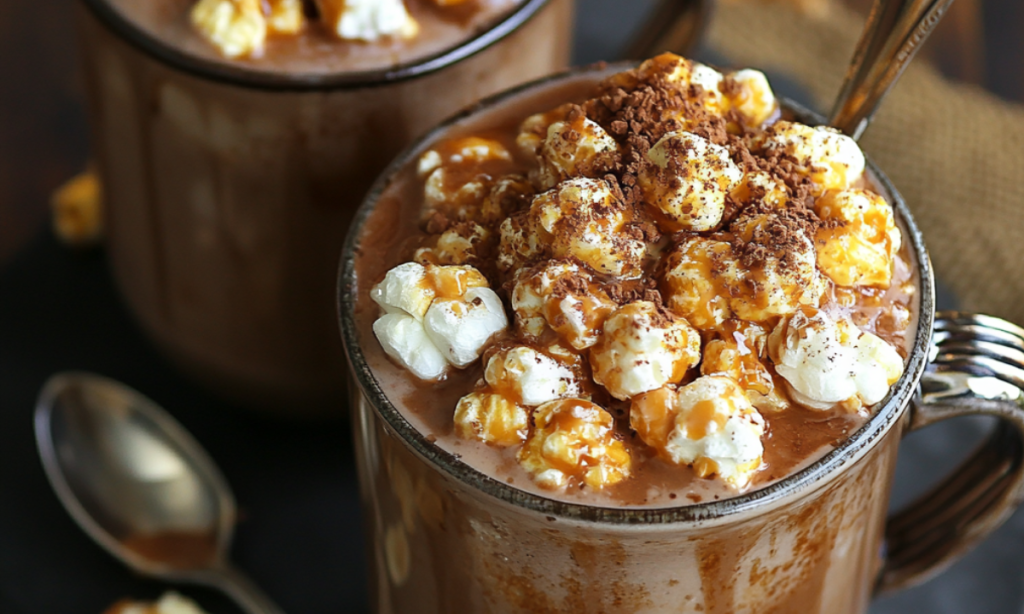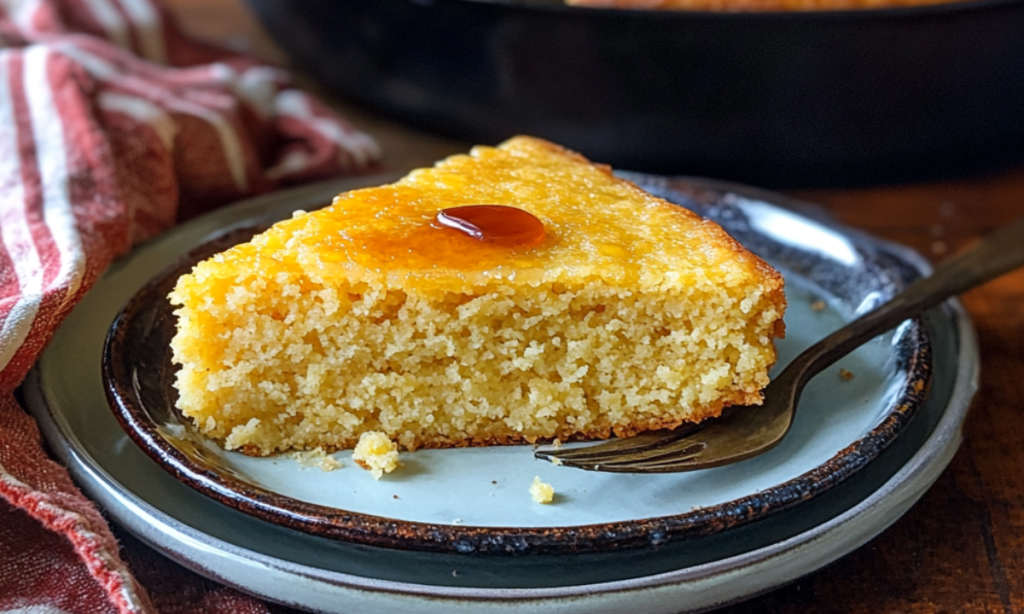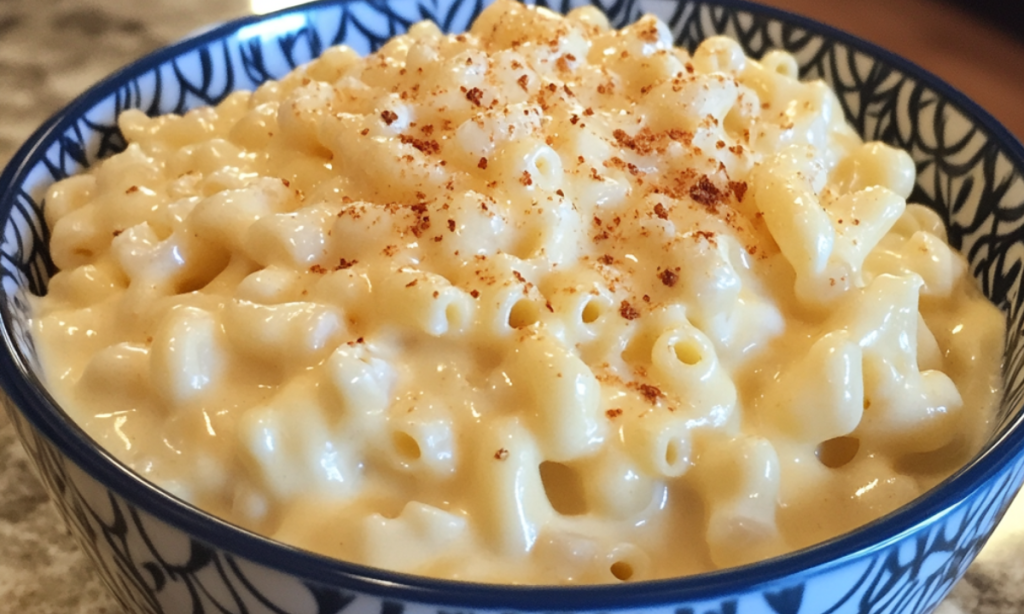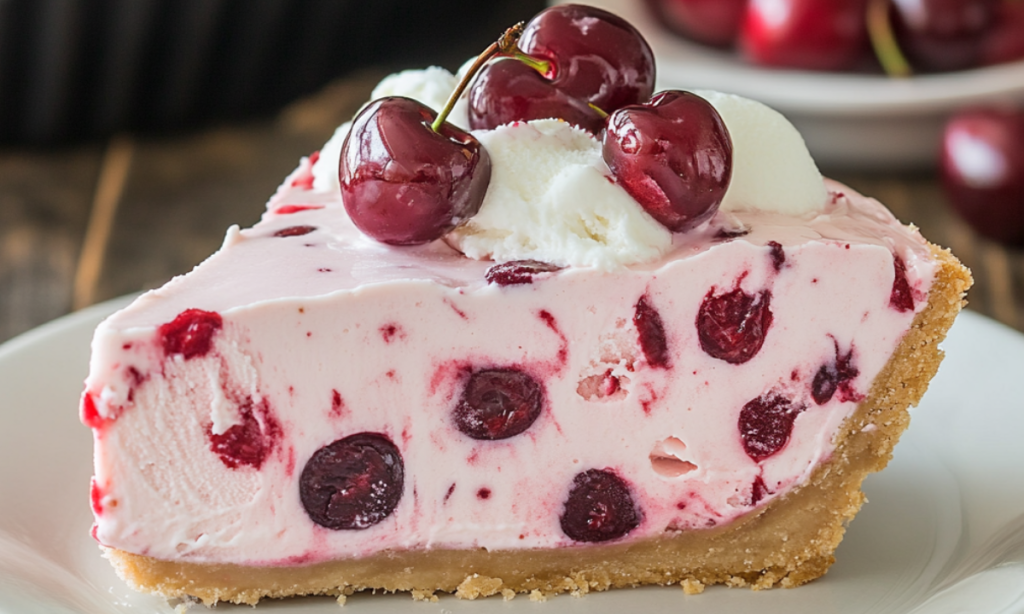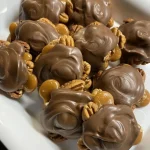Southern Skillet Cornbread is a staple in Southern cuisine, known for its golden crust, tender crumb, and rich flavor. This traditional dish has been passed down through generations, often served alongside hearty meals like fried chicken, collard greens, and BBQ. With its simple ingredients and straightforward preparation, Southern skillet cornbread is a recipe every home cook should master.
The Difference Between Northern and Southern Cornbread
One of the most notable distinctions in cornbread recipes is the difference between Northern and Southern cornbread. While both versions share similar ingredients, the key difference lies in the texture and sweetness. Northern cornbread tends to be lighter, fluffier, and slightly sweet, often made with a touch of sugar or honey. In contrast, Southern cornbread is traditionally savory, with a denser texture and a golden crust, thanks to the use of bacon grease or butter in the skillet. This lack of sweetness is what sets Southern cornbread apart, making it a perfect complement to savory dishes. For more insights into Southern cooking, check out this Southern Living guide.
The Role of Cast Iron in Making Cornbread
A crucial element of authentic Southern skillet cornbread is the use of a cast iron skillet. Cast iron not only ensures even cooking but also helps achieve that iconic crispy crust that makes Southern cornbread so beloved. The skillet’s ability to retain and evenly distribute heat is unmatched, creating a beautiful, golden-brown crust while keeping the interior moist and tender. If you’re new to cast iron cooking, this guide from Lodge Cast Iron offers valuable tips on seasoning and maintaining your skillet for the best results.
Essential Ingredients for Southern Skillet Cornbread
To create the perfect Southern skillet cornbread, you’ll need just a few simple ingredients:
- Cornmeal: The star of the show, cornmeal gives the bread its signature texture. Southern cornbread typically uses stone-ground cornmeal for a coarser texture, which provides a more rustic, hearty bite.
- Buttermilk: Adds tanginess and helps tenderize the bread, making it moist and flavorful.
- Eggs: Act as a binder and add richness to the cornbread.
- Bacon Grease or Butter: Traditionally, bacon grease is used to grease the skillet and add depth of flavor, but butter is a popular alternative.
- Baking Powder and Baking Soda: These leavening agents ensure the cornbread rises just enough, creating a light and fluffy interior.
Choosing the Right Cornmeal
The type of cornmeal you choose can make a significant difference in the final texture and flavor of your cornbread. Stone-ground cornmeal is often preferred for its coarse texture and rich flavor, as it contains more of the whole corn kernel. You can find both yellow and white cornmeal, with yellow being more common in Southern cooking for its slightly sweeter taste and vibrant color. It’s essential to store cornmeal in an airtight container in a cool, dry place to preserve its freshness. For more on the nutritional benefits of cornmeal, visit this Healthline article.
Preparing Your Ingredients
Before you start cooking, it’s important to properly prepare your ingredients:
- Measuring Ingredients: Use a kitchen scale or measuring cups to ensure accuracy, as this will help you achieve the perfect texture.
- Room Temperature Ingredients: Allow your eggs and buttermilk to come to room temperature before mixing. This helps them incorporate more easily and results in a more tender crumb.
- Preheating the Cast Iron Skillet: Place your cast iron skillet in the oven while it preheats. A hot skillet is essential for achieving that crispy, golden crust that Southern cornbread is known for.
Step-by-Step Cooking Instructions
1. Preheat the Oven and Skillet
- Preheat your oven to 425°F (220°C). Place your cast iron skillet in the oven while it heats up.
2. Mix the Dry Ingredients
- In a large bowl, combine stone-ground cornmeal, flour, baking powder, baking soda, and salt. Whisk them together to ensure the leavening agents are evenly distributed.
3. Mix the Wet Ingredients
- In a separate bowl, whisk together buttermilk, eggs, and melted bacon grease or butter. Make sure the wet ingredients are fully combined.
4. Combine the Ingredients
- Pour the wet ingredients into the dry ingredients. Stir just until combined. It’s important not to overmix, as this can result in a tough cornbread.
5. Pour Batter into the Hot Skillet
- Carefully remove the hot skillet from the oven. Add a tablespoon of bacon grease or butter to the skillet, swirling to coat the bottom and sides. Pour the batter into the skillet, spreading it evenly.
6. Bake the Cornbread
- Return the skillet to the oven and bake for 20-25 minutes, or until the cornbread is golden brown and a toothpick inserted into the center comes out clean.
7. Cool and Serve
- Let the cornbread cool in the skillet for a few minutes before slicing and serving. Enjoy it warm, topped with a pat of butter or a drizzle of honey.
Common Mistakes to Avoid
When making Southern skillet cornbread, keep these common pitfalls in mind:
- Overmixing the Batter: Stir the batter just until the ingredients are combined. Overmixing can lead to a tough, dense texture.
- Using Cold Ingredients: Cold eggs and buttermilk can cause the batter to mix unevenly. Allowing them to come to room temperature ensures a smoother, more cohesive batter.
- Not Preheating the Skillet: A hot skillet is key to achieving a crispy crust. Make sure your skillet is fully preheated before adding the batter.
Variations of Southern Skillet Cornbread
While traditional Southern skillet cornbread is hard to beat, there are several variations you can try to add your own twist:
- Spicy Cornbread: Add chopped jalapeños or a dash of cayenne pepper to the batter for a kick of heat.
- Cheesy Cornbread: Stir in a cup of shredded cheddar cheese for a rich, savory flavor.
- Corn-Filled Cornbread: Mix in a handful of fresh or canned corn kernels for added texture and sweetness.
- Sweet Cornbread: If you prefer a slightly sweet cornbread, add a tablespoon of sugar or honey to the batter.
Serving Suggestions
Southern skillet cornbread pairs beautifully with a variety of dishes:
- Classic Southern Dishes: Serve alongside collard greens, fried chicken, or BBQ for a complete Southern meal.
- With Toppings: Enjoy with honey butter, molasses, or a dollop of jam for a sweet and savory combination.
- Cornbread Croutons: Cut leftover cornbread into cubes and toast them in the oven for crunchy croutons, perfect for salads or soups.
Nutritional Information
Southern skillet cornbread is not only delicious but also provides several nutrients:
- Calories: Approximately 180 calories per serving
- Protein: 4 grams
- Fat: 8 grams
- Carbohydrates: 22 grams
- Vitamins and Minerals: Rich in B vitamins, iron, and magnesium from the cornmeal
Storing and Reheating Leftovers
If you have leftover cornbread, here’s how to store and reheat it:
- Refrigeration: Store in an airtight container in the refrigerator for up to 3 days.
- Reheating: Reheat in the oven at 350°F (175°C) for 10 minutes to revive the crispy texture. Avoid microwaving, as it can make the cornbread soggy.
- Freezing: Wrap individual slices in plastic wrap and store in a freezer bag for up to 3 months. Thaw in the refrigerator before reheating.
Frequently Asked Questions
Can I make cornbread without a cast iron skillet?
- Yes, you can use an oven-safe baking dish or a heavy-duty metal pan. However, the crust may not be as crispy as with cast iron.
What can I use instead of buttermilk?
- If you don’t have buttermilk, you can make a substitute by mixing 1 tablespoon of lemon juice or vinegar with 1 cup of milk. Let it sit for 5 minutes before using.
How do I know when cornbread is done?
- The cornbread is done when it’s golden brown and a toothpick inserted into the center comes out clean. It should also feel firm to the touch.
Can I make cornbread in advance?
- Yes, cornbread can be made a day ahead. Store it at room temperature or refrigerate it, then reheat in the oven before serving.
Is cornbread gluten-free?
- Traditional cornbread contains flour, which is not gluten-free. However, you can make gluten-free cornbread by using a gluten-free flour blend in place of the regular flour.
Conclusion and Final Tips
Southern skillet cornbread is a timeless dish that captures the essence of Southern comfort food. With its crispy edges, tender crumb, and rich flavor, it’s a versatile side that pairs well with a variety of meals. Whether you’re serving it alongside a classic Southern spread or enjoying it on its own with a pat of butter, this cornbread is sure to become a staple in your kitchen.
To achieve the best results, remember to use a cast iron skillet, preheat it properly, and avoid overmixing the batter. Experiment with different variations to suit your taste, and don’t be afraid to add your own twist to this traditional recipe. Enjoy the warm, comforting flavors of Southern skillet cornbread, and share it with family and friends for a true taste of the South.


